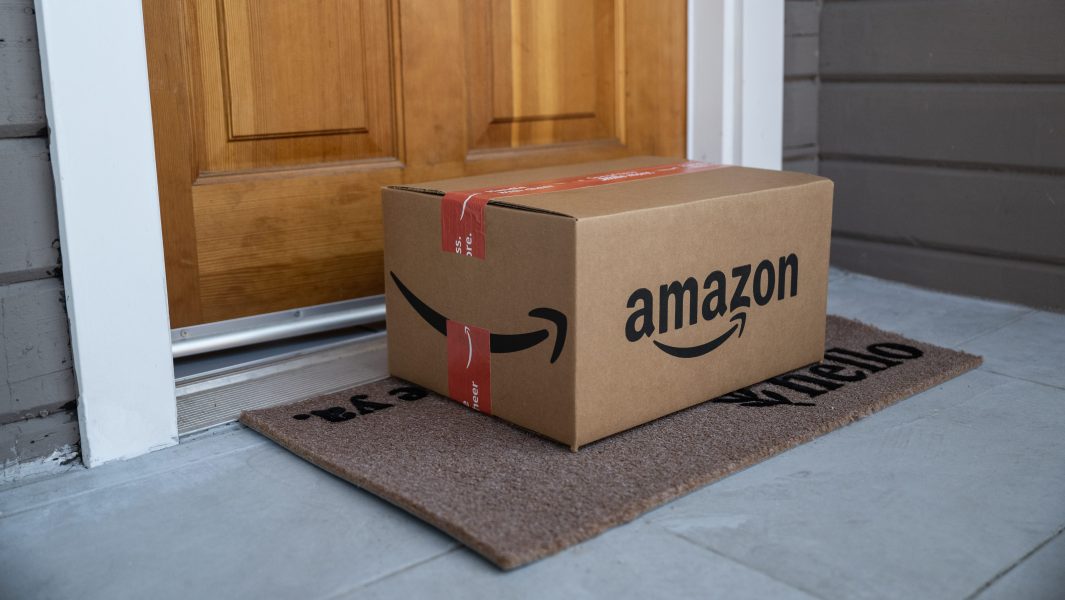Amazon is hitting pause on a controversial new fee amid seller outrage

Amazon is once again delaying a controversial new seller fee as the e-commerce behemoth looks to appease its hundreds of thousands of merchants after the original announcement sparked widespread outrage.
On Wednesday evening, Amazon announced through its discussion forum for sellers that the company would be extending the grace period on its low-inventory fee for merchants. The fee went into effect as planned on April 1, but sellers will be credited back for any charges incurred through May 14, the company said. As the name implies, Amazon will charge merchants who sell and ship products through the Fulfillment by Amazon program, also known as FBA, if they don’t keep enough inventory in the company’s warehouses.
“While the majority of sellers will not be impacted by the low inventory level fee, our goal is to help sellers who may be affected to evolve their business practices to avoid the fee entirely by maintaining sufficient inventory levels,” said an Amazon spokesperson in a statement to Modern Retail.
It’s all part of CEO Andy Jassy’s cost-cutting push to boost profits at Amazon, including ongoing layoffs and big bets on fast-growing segments of the business, such as artificial intelligence and advertising. At the same time, the e-commerce juggernaut is staring down competition from the likes of Temu and TikTok Shop that are trying to encroach on the retailer’s turf. By ratcheting up merchant fees, Amazon gets to preserve its profit margins, weed out lower-rung sellers and beef up growing areas of the business, such as its supply chain services.
“Amazon needs to cut the fat,” said Jon Elder, CEO and founder at Black Label Advisor. “Amazon is not going to say this out loud, but they want the most successful sellers to stay, sellers who are already doing millions a year, who are extremely optimized. Space can’t be taken up by stale inventory.”
Amazon has ramped up fees on merchants in recent years. Seller fees can eat up about half of the cost per sale, hurting merchant profits, according to Marketplace Pulse. Amazon generated $34.5 billion in revenue alone in the first three months of the year from fees it charges sellers, 16% more than the same period a year prior. Concerns that Amazon is squeezing too much money from its small businesses in part spurred a lawsuit by the Federal Trade Commission, which alleges the Seattle-based company overcharges its sellers.
Merchants have decried the new fee changes as overly onerous, as Modern Retail previously reported. Some have said the new fees will likely lead to higher prices as brands look to protect their profit margins.
“Everyone is raising prices across the board,” said Elder.
Amazon deliveries are faster than they’ve ever been. More than two billion items arrived the same or next day to Prime members around the world, Doug Herrington, CEO of Worldwide Amazon Stores, wrote Monday. Faster fulfillment has helped, in part, boost Amazon’s bottom line, with profit more than tripling to $10.4 billion in the first three months of the year, Amazon said Tuesday. Amazon has also said it’s expanding drone deliveries to deliver products to customers in less than an hour.
“The logistics are as much part of the product as the products themselves. And Amazon is pushing to separate itself from others by shipping more items faster,” wrote Juozas Kaziukėnas, founder and CEO of Marketplace Pulse. He added that Amazon is on track to beat last year’s 7 billion record for same-day or next-day deliveries.
Even with these speedier delivery times, sellers feel left in the dark.
For Scott McIntosh, who sells a phone-slash-cup holder device known as Cell Phone Seat through Amazon, the biggest headache of the new fee is the lack of ability or guidance from Amazon on how to easily manage one’s inventory levels.
“They charge you if you sell too much and now they’re charging you if you don’t sell enough,” said McIntosh. “You have to find this sweet spot, and they don’t tell you how to find that sweet spot.”
Amazon previously put the new inventory fee on hold through the end of April, the company said in a blog post last month. Amazon originally announced the inventory-level fee, as well as another fee related to how brands transport their products into warehouses, in December of last year. Notably, around the same time, Amazon said it would sharply lower seller fees on clothing products in an apparent bid to compete with fast-fashion retailer Shein.
In addition to extending the transition period, Amazon rolled out a slew of other amendments in its most recent update. For example, the low-inventory fee will not apply to products that have sold fewer than 20 units in the last week, the company said. Any fees incurred due to excessive inbounding and processing times caused by Amazon or Amazon-managed services will be credited back to sellers by the 15th of the subsequent month. Finally, Amazon will provide an exception on low-inventory fees for products that are part of Prime-exclusive sales for the four weeks following Prime Day
While the delay of Amazon’s low-inventory fees suggests the tech giant is willing to capitulate to some extent to sellers, and even incorporate feedback from them, the strategy ultimately behooves Amazon’s ambition to beat the competition at all costs.
“I represent hundreds of sellers, and they are angry, they are unsure about the future,” said Elder. “There has never been such a lack of confidence in the selling platform.”

